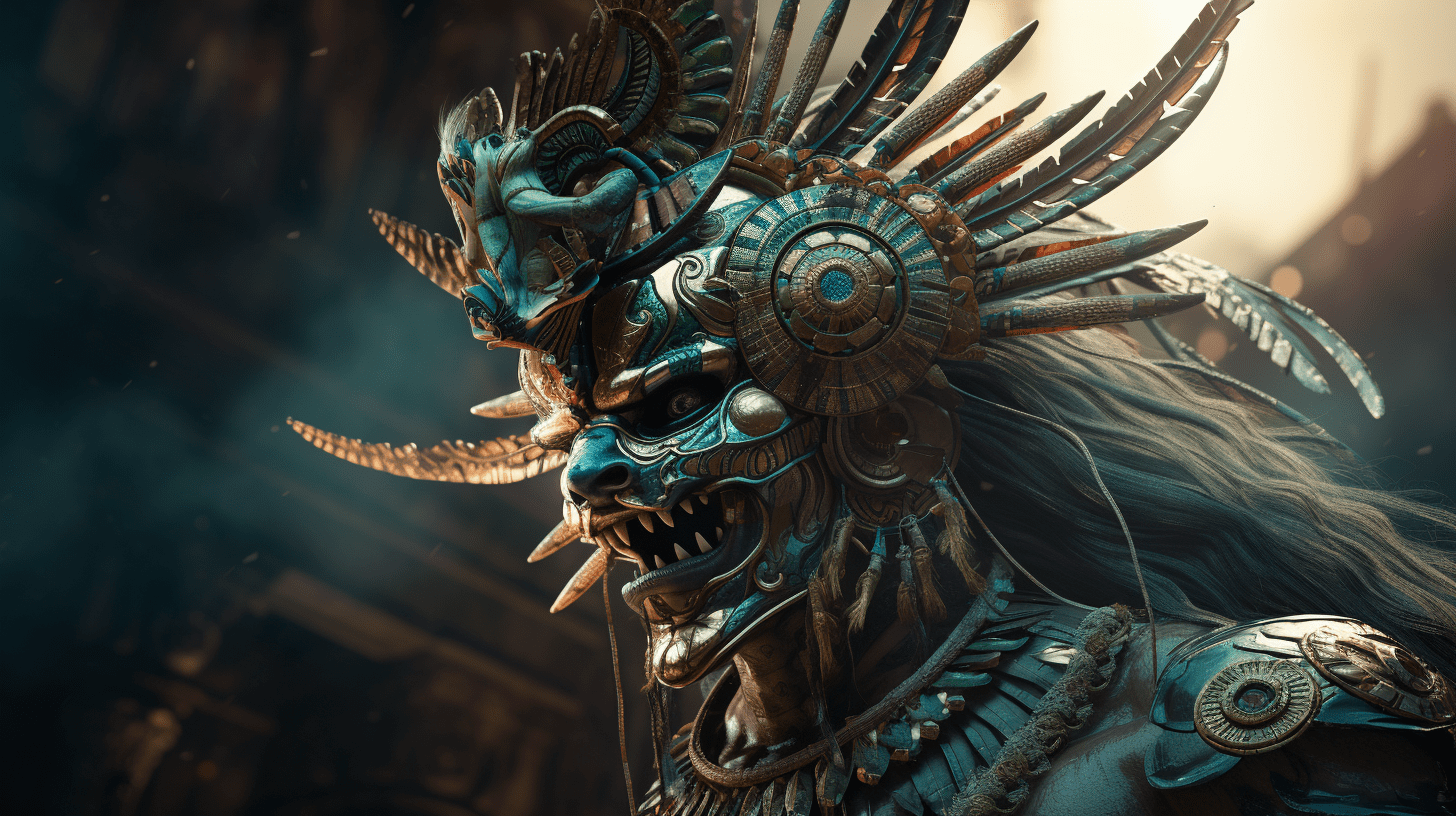
For over four thousand years, a group of enigmatic deities known as the Anunnaki have loomed large in the mythology...
Stay ahead of the curve and educate yourself with our latest blog post. Explore now and elevate your knowledge! ⇢

For over four thousand years, a group of enigmatic deities known as the Anunnaki have loomed large in the mythology...

Maman Brigitte is a powerful and revered figure in the Voodoo religion, particularly in Haiti...

Quetzalcoatl is a deity in Mesoamerican mythology, revered by many cultures in the region, including...
— ADVERTISEMENT —
You may wish to execute rituals or spells according to your magical requirements at different times of the moon’s phases. While incense isn’t mandatory for an effective ceremony, it surely can assist to set the tone. Decide what shape you want to make your magical moon incense before you begin. Incense can be made from sticks or cones, but the simplest method employs components that are tossed into a fire or burned on top of a charcoal disc. This is a recipe for loose incense, but it can also be used to make incense in sticks or cones. Why Use...

In the vast tapestry of mythology, few creatures evoke as much wonder, fear, and fascination as dragons. These magnificent beasts have captured the imagination of humanity for centuries, their presence woven into the fabric of cultures across the globe. From the celestial guardians of Chinese lore to the fierce, fire-breathing monsters of European myth, dragons stand as timeless symbols of power, wisdom, and mystery. Join me on a journey through the annals of history as we delve into the mythos of dragons, exploring their origins, symbolism, and enduring cultural significance. Origins of Dragon Lore To understand the significance of dragons,...

Tanzanite stimulates the throat, third eye, and crown chakras, bringing together intuition and communication in the higher intellect. The color of tanzanite can change from lilac-blue to sapphire blue to deep blue-violet, making it a stone of transformation. The New York jewelers Tiffany & Co. were the first promoters of this stone and made wonderful pieces to exhibit it in its faceted shape, which is stunning. It is known as the “gemstone of the 20th century” and is celebrated in this form. When it comes to spiritual exploration, Tanzanite is one of the most priceless metaphysical stones since it combines...

Professionals have governing agencies and norms of conduct, while those engaging in mystical activity are frequently self-taught. This can give them the impression that they are stuck in a rut when it comes to dealing with the public. It makes it difficult for the customer to decide who to consult with for a reading. Moral principles should serve as a guide for all diviners, regardless of the type of divination they use. Speaking with a group of astrologers confirmed for me that all readers whose clients have come seeking advice face the same types of problems: dealing with difficult questions;...

One must approach the solemn story of Pandora’s Box, a tale deeply rooted in Greek mythology, with due reverence. It is a chronicle rife with the perils of unchecked curiosity, the gravity of its consequences, and the profound moral dilemmas it presents. As we delve into the analysis of this enduring legend, we shall uncover the layers of symbolism within, gleaning the weighty lessons it bestows upon our understanding of the human mind. The Genesis of Pandora’s Box Our story begins in a mythical time when gods and common people coexisted, with the threads of destiny tying their fates together....
— ADVERTISEMENT —